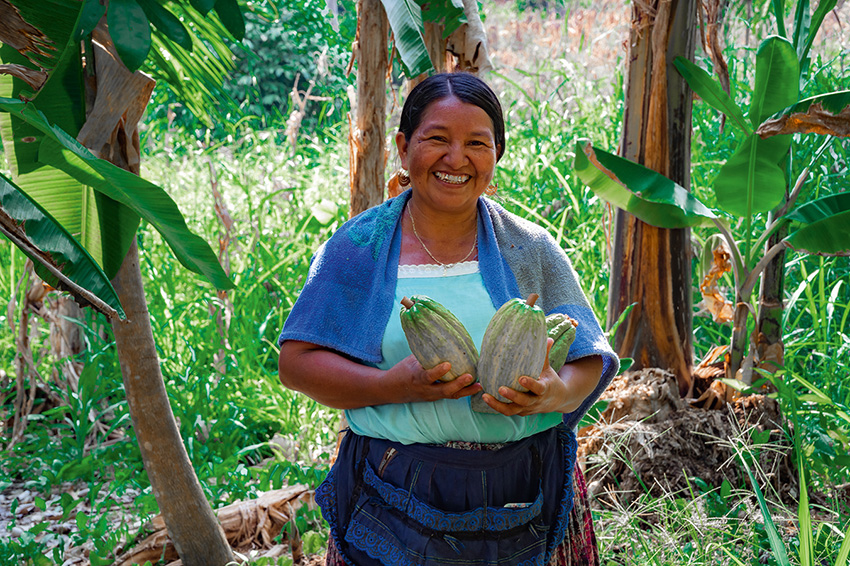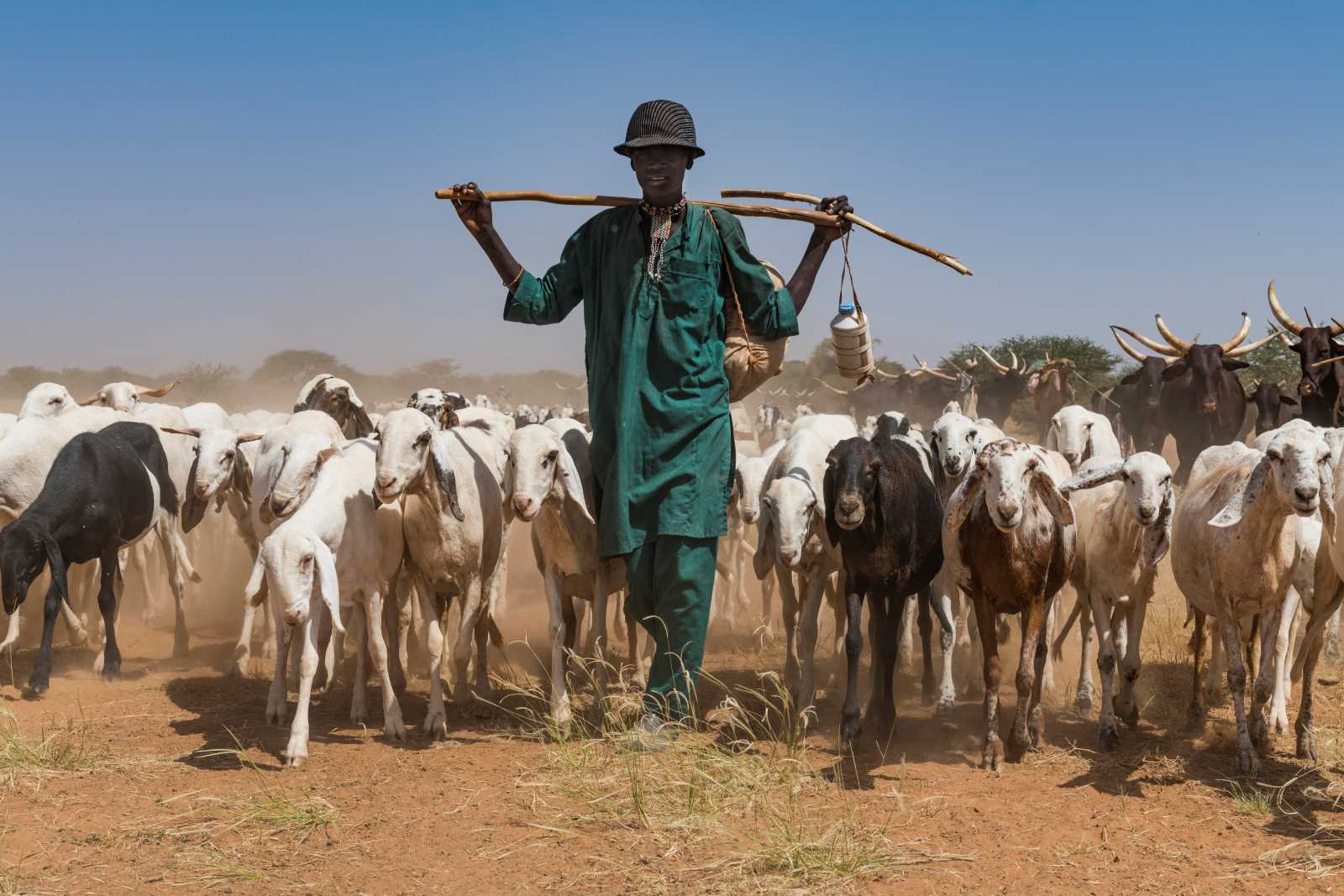REDD+
No panacea

REDD+ is about countries getting paid for reducing emissions. Money is disbursed as a reward for slowing down deforestation, increased afforestation or other protective measures. How does that work?
Well, it is a complex process. First of all, countries that want to benefit from REDD+ payments must build the needed capacities in political, institutional and technical terms. They not only need a national REDD+ strategy, but must also measure the extent of their country’s forest cover. Moreover, they need a mechanism to disburse funds. The people who live in the forest and depend on them must be involved. They often belong to indigenous peoples and other marginalised communities. The data national forest monitoring systems generate are essential for any REDD+ scheme. Satellites are used to assess how the forest cover changes, and annual emissions are calculated on that basis. The point of reference is the average trend of several previous years. If deforestation is reduced, the country is rewarded with results-based payments. Currently, one ton of reduced emissions is worth five dollars. The money must be reinvested in forest protection and sustainable land use.
Does that work out well?
It is too early to tell. The first rules were only defined in 2013 in the Warsaw Framework for REDD+. The multilateral funds that disburse money had to be established too. Examples include the Green Climate Fund, the FCPF Carbon Fund and the BioCarbon Fund. Disbursements have only begun recently. In the meantime, most countries have laid the foundations for taking part in REDD+. Germany added momentum from 2012 on with the REDD Early Movers Programme. In its context, we are cooperating with nations and subnational regions where deforestation has been slowing down and relevant institutions exist. We have started implementing REDD+ in Columbia, Ecuador and the two Brazilian states of Acre and Mato Grosso.
Has implementation lead to results?
Well, the programme has helped to raise awareness, both among government agencies and in society in general, for why forests matter, what indigenous people need and how to build institutions. That matters. Moreover, farmers who cultivate rubber and Brazil nut are now contributing to sustainable forestry. That said, deforestation is still getting worse in many tropical countries. Things were getting better in Brazil for some time, but now the trend has been reversed again. In other countries, however, deforestation is indeed slowing down. Indonesia is an example and it will soon receive REDD+ money. It is too early to make a final assessment, but REDD+ will certainly not prove to be a panacea. Logging, conversion of forests to farmland and mining are important drivers of deforestation. These issues must be addressed by private-sector companies and financial-sector institutions, including some based in Western countries.
Originally private-sector involvement was planned to be an important part of REDD+ funding. Now it is actually rather small. What is the reason?
It had been the intention from the beginning that one day the carbon reduction could be traded on a carbon market. Currently, the funding is ODA-based, so public money is used. That’s also how the multilateral funds that disburse the money work. Emissions trading is becoming ever more important, however. Demand is growing. A prominent example is the Carbon Offsetting and Reduction Scheme for International Aviation (CORSIA) which is currently accrediting REDD+ programmes.
Is five dollars per ton of carbon not too small an incentive?
Getting the incentive right is obviously essential. Five dollars may indeed not be enough. Norway has recently offered Gabon ten dollars in a REDD+ programme. That might become the trend. Most multilateral funds, so far, have agreed to pay five dollars. That does not mean that a higher price cannot be agreed in the next phase.
Johannes Berliner works as a consultant for KfW Development Bank.
johannes.berliner_extern@kfw.de












